The work is considered a valuable monograph, contributing to filling gaps in research on a type of religious relic that has received little attention: Taoist temples.
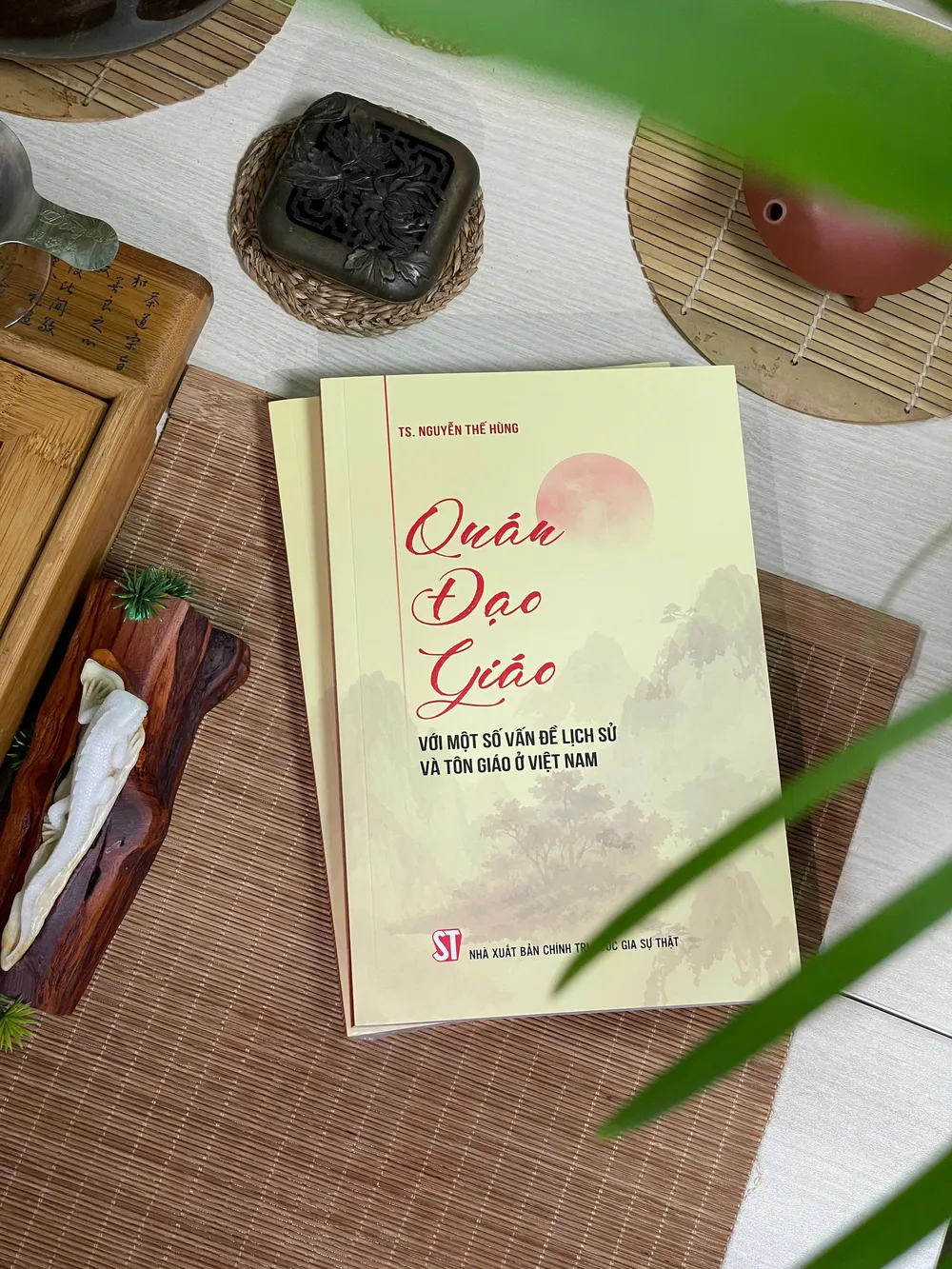
In the system of traditional religious institutions such as communal houses, pagodas, temples, and shrines, Taoist temples, places of worship for gods such as Tam Thanh, Ngoc Hoang, Huyen Thien Tran Vu, etc., are rarely studied, despite playing an important role in the spiritual life of Vietnamese people.
The author chose the land of Xu Doai past and present, west of Hanoi , as the site for field research, with many ancient temples such as Hoi Linh, Hung Thanh, Linh Tien, Lam Duong... From there, he explained the process of localizing Taoism through the interaction with folk beliefs, Buddhism and Confucianism, creating a tolerant and flexible spiritual model imbued with Vietnamese identity.
The book also points out the transformation in Taoist temple architecture: from the Tam-shaped plan in the 16th century to the Cong-shaped model in the 17th century, reflecting a stable, inward-looking architectural mindset. The Back Hall and Bell Tower system is considered the premise for the later popular “Buddha Front - Saint Back” architecture.
Another highlight is the classification of the system of worship statues in the temple into four groups, including a group of statues with a mixed Taoist-Buddhist character, reflecting the integration and diverse development of religious life. Notably, Dr. Nguyen The Hung gave profound explanations about the role of Taoism in the context of the ideological crisis of the 16th - 17th centuries. When Confucianism gradually lost its influence, Taoism became a spiritual refuge for intellectuals. The Mac Dynasty worshiped Taoism and immortals to consolidate power, while in the North there was a strong trend of localization through Mother Goddess worship and Vietnamese internal religion.
According to Professor - Doctor Nguyen Van Kim, the book not only contributes to historical and religious research but is also an important practical document in managing, preserving and promoting the value of architectural and spiritual heritage today.
In the context of integration, looking back at the "hidden" heritage type such as Taoist temples is not only an act of preservation, but also a way to awaken the cultural sediment, helping today's Vietnamese people better understand the core beliefs of their nation.
Source: https://www.sggp.org.vn/dau-an-van-hoa-trong-dong-chay-tin-nguong-viet-nam-post802242.html





![[Photo] General Secretary To Lam attends the 80th Anniversary of the Cultural Sector's Traditional Day](https://vstatic.vietnam.vn/vietnam/resource/IMAGE/2025/8/23/7a88e6b58502490aa153adf8f0eec2b2)
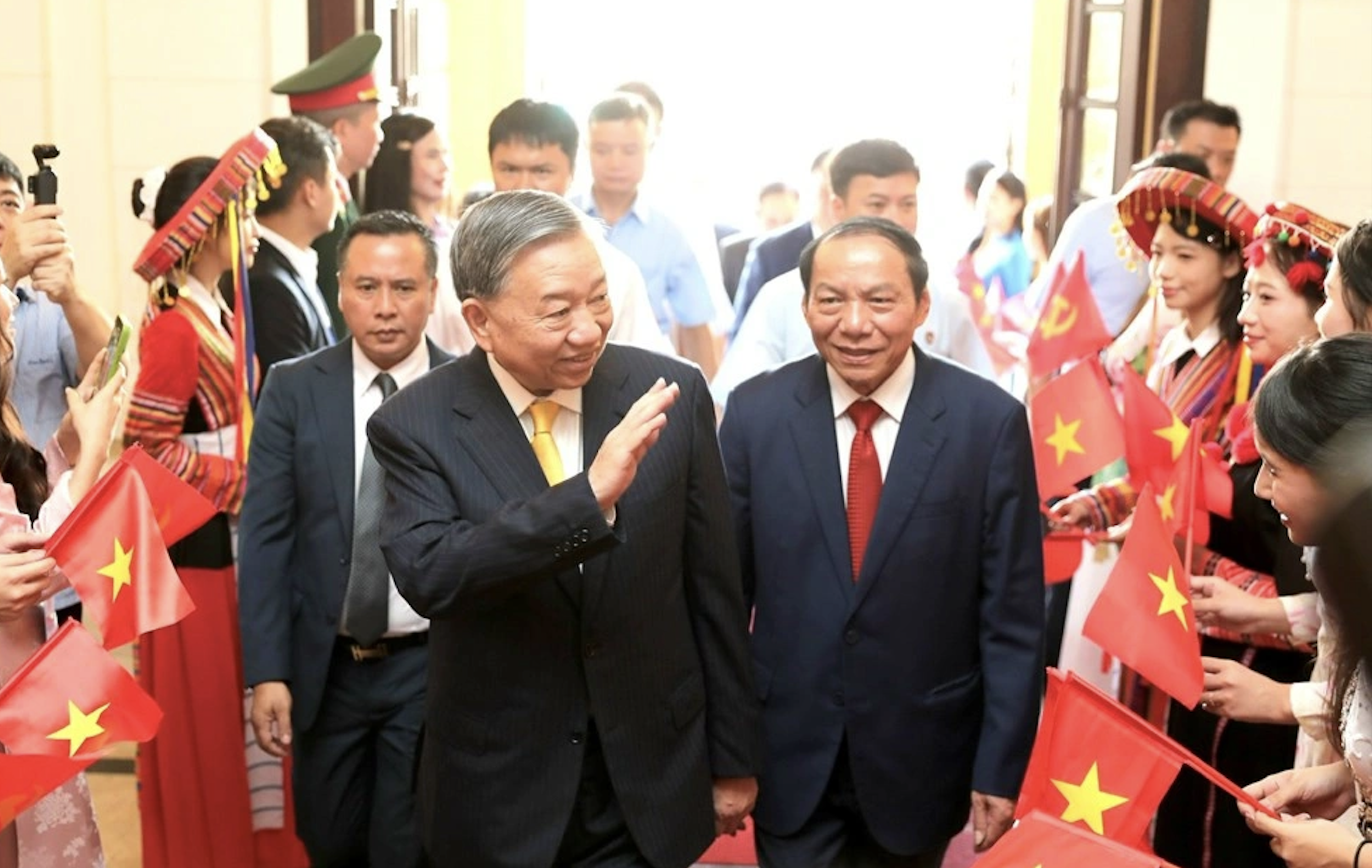
![[Photo] Prime Minister Pham Minh Chinh chairs the meeting of the Government Party Committee Standing Committee](https://vstatic.vietnam.vn/vietnam/resource/IMAGE/2025/8/23/8e94aa3d26424d1ab1528c3e4bbacc45)
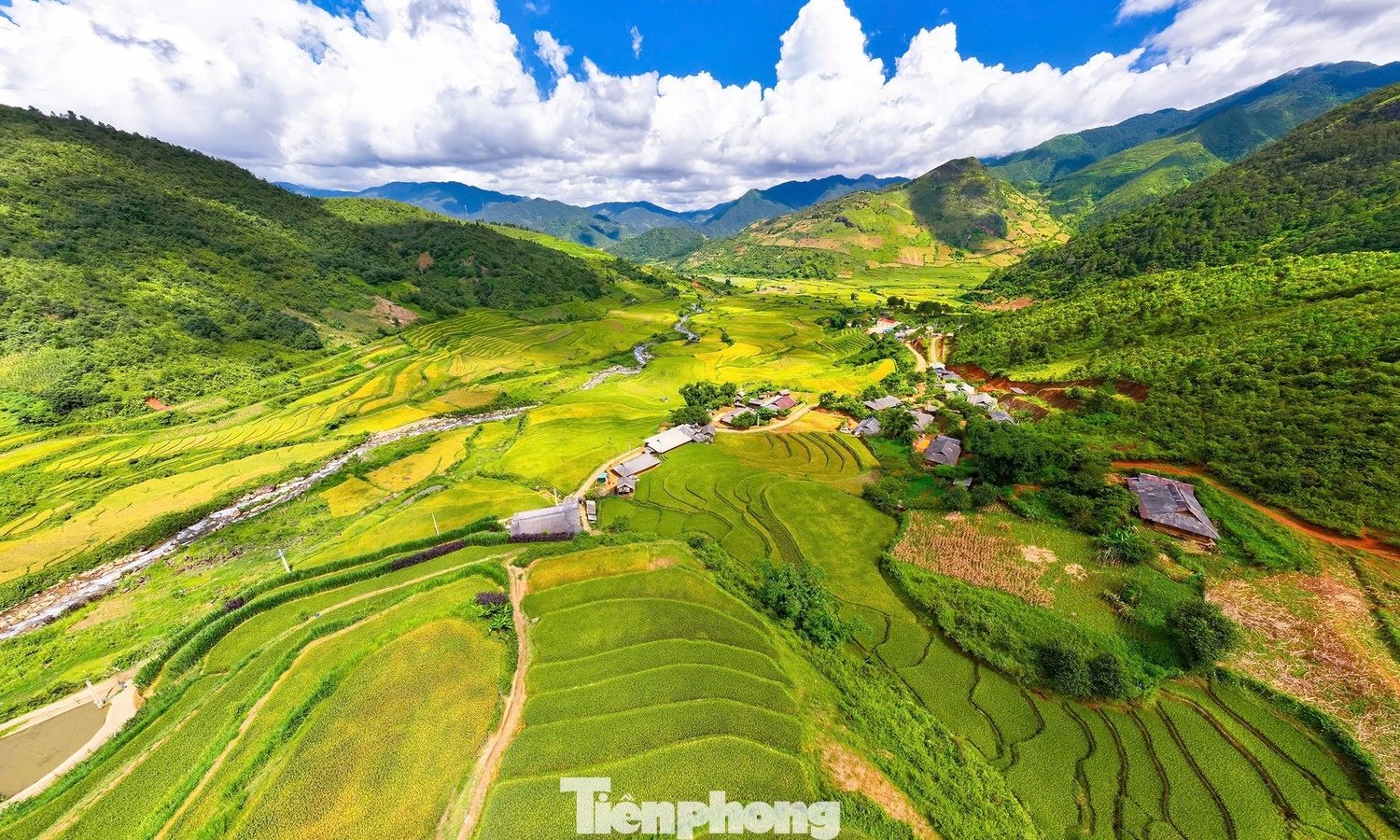
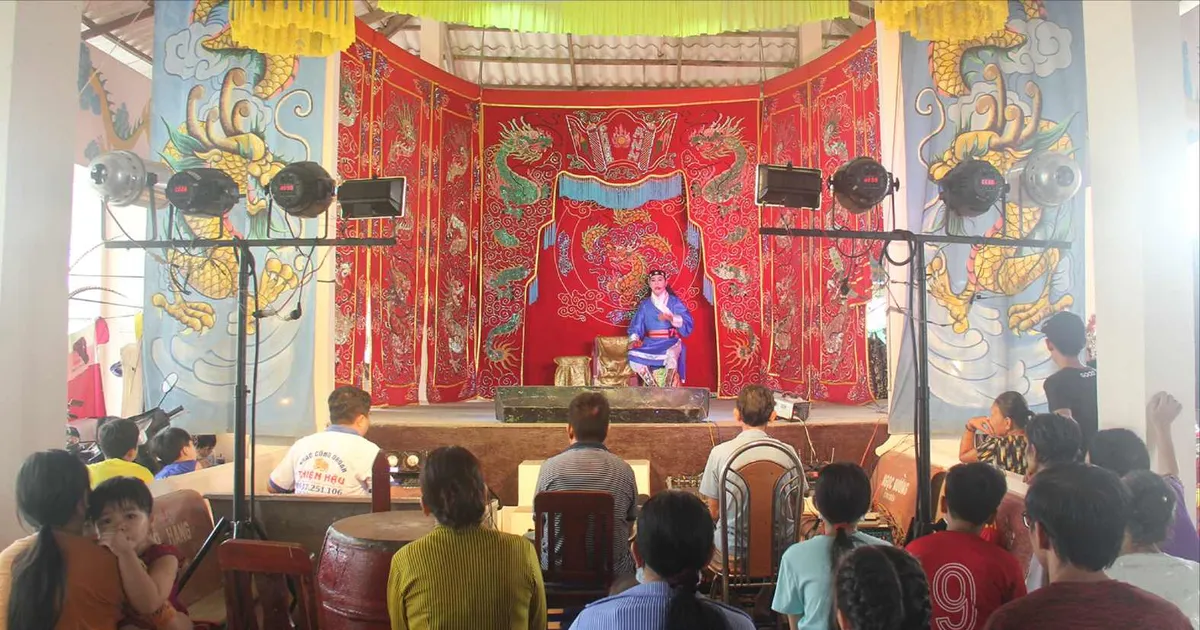
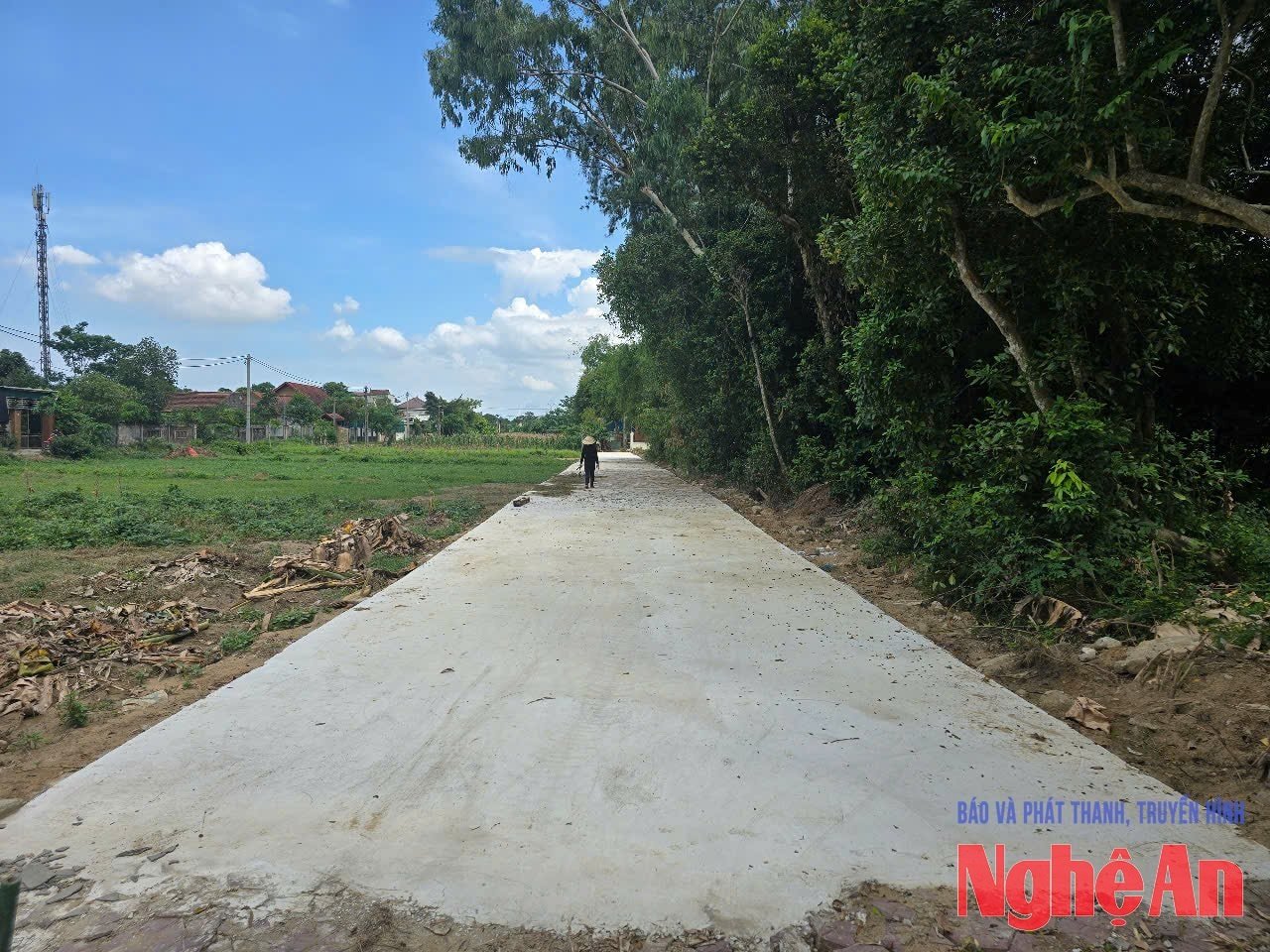

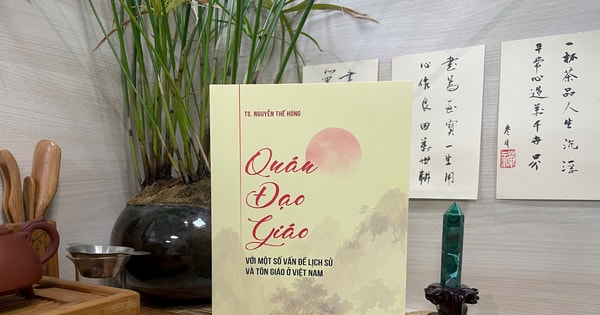



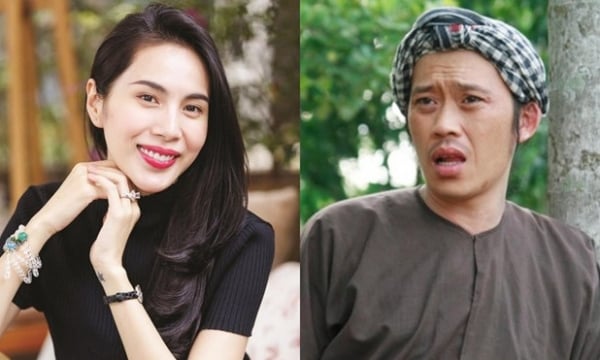




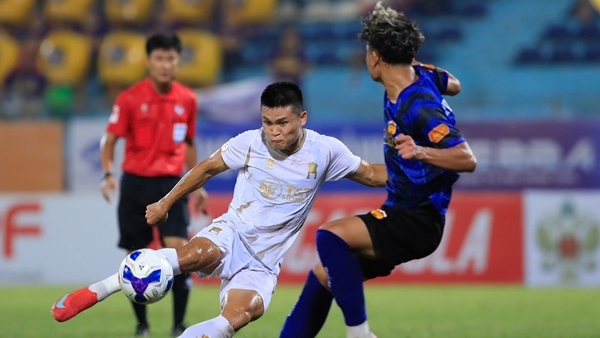

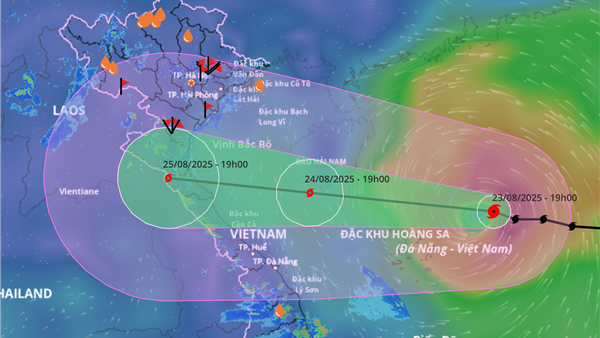
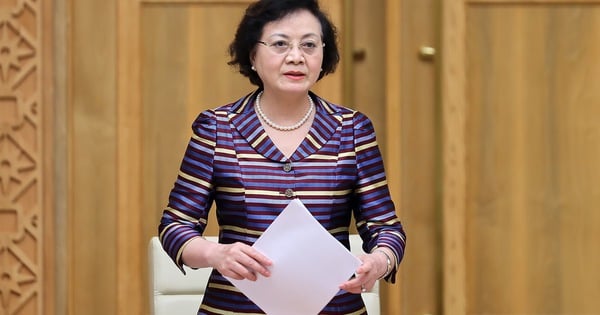
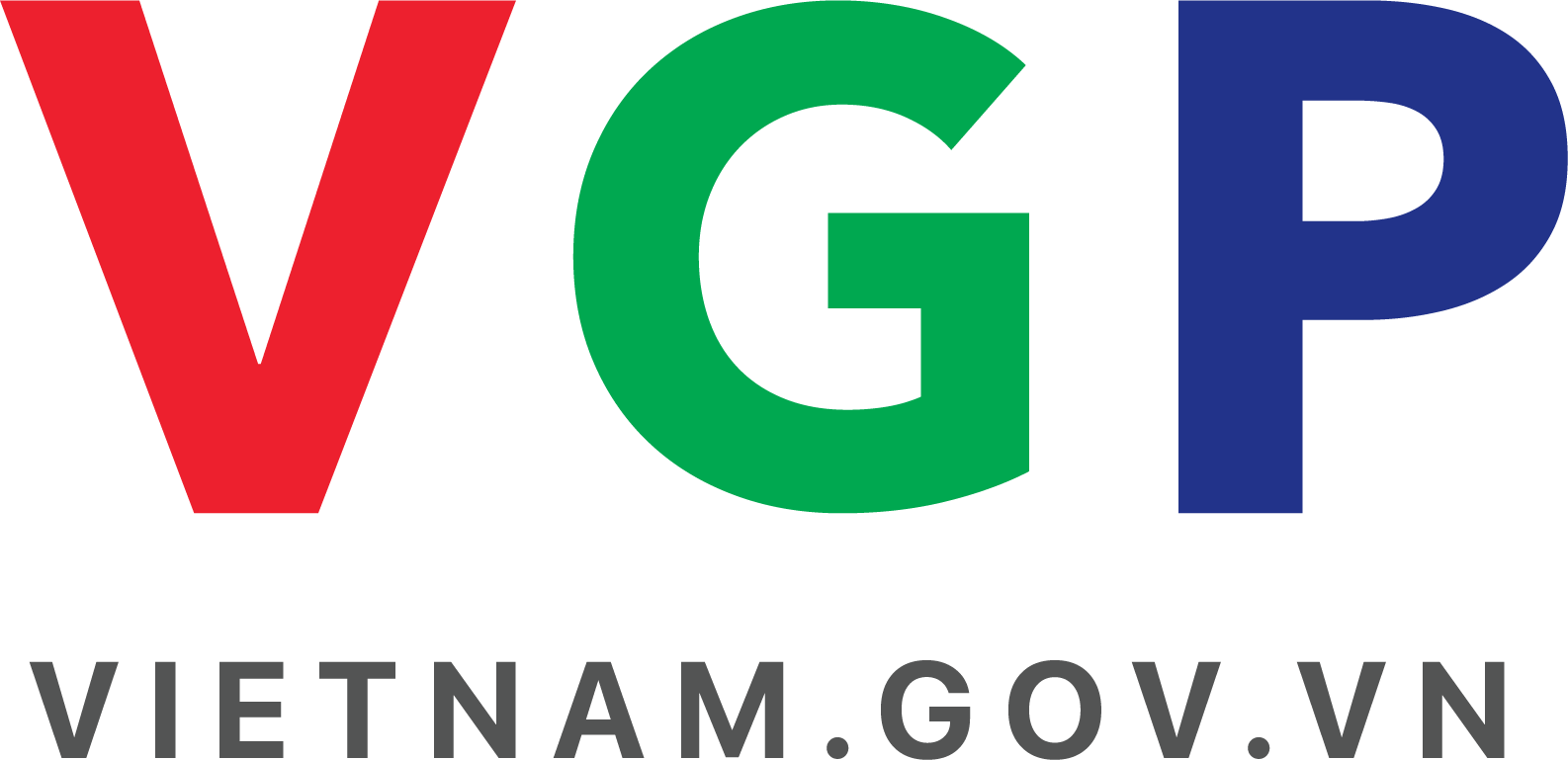
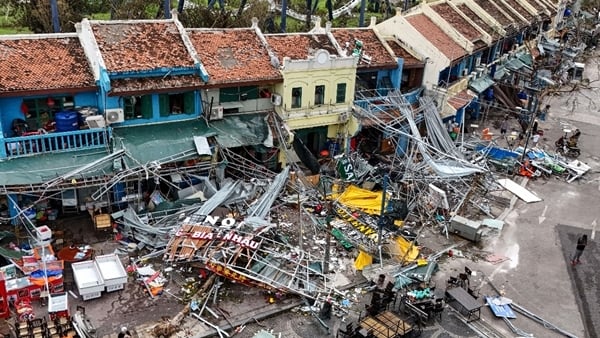
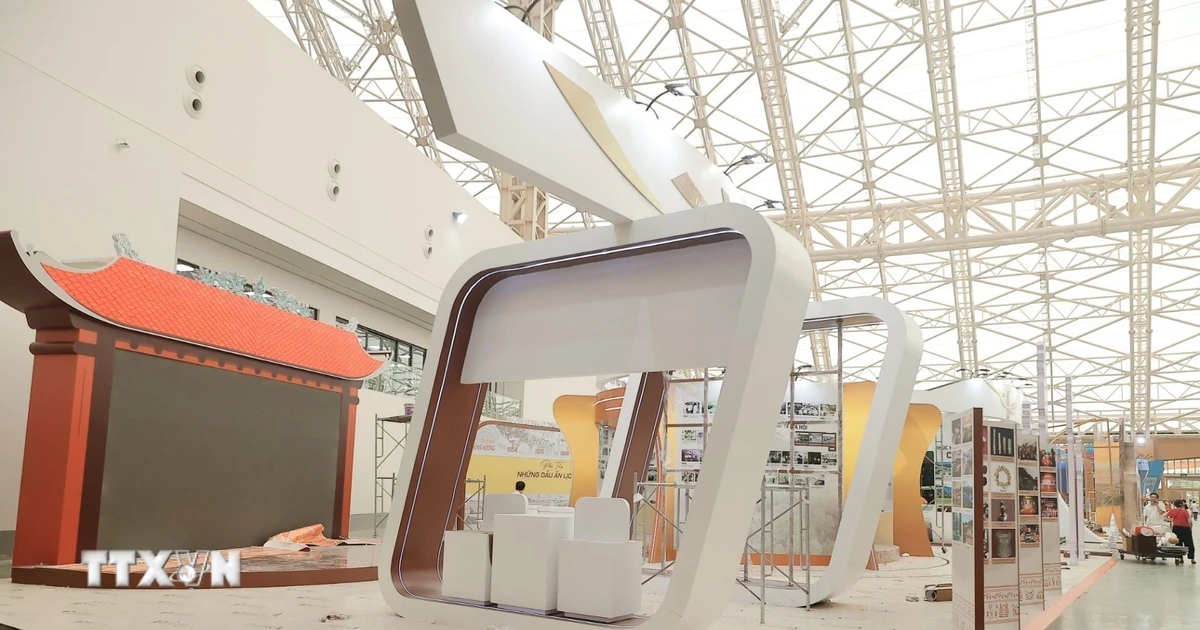

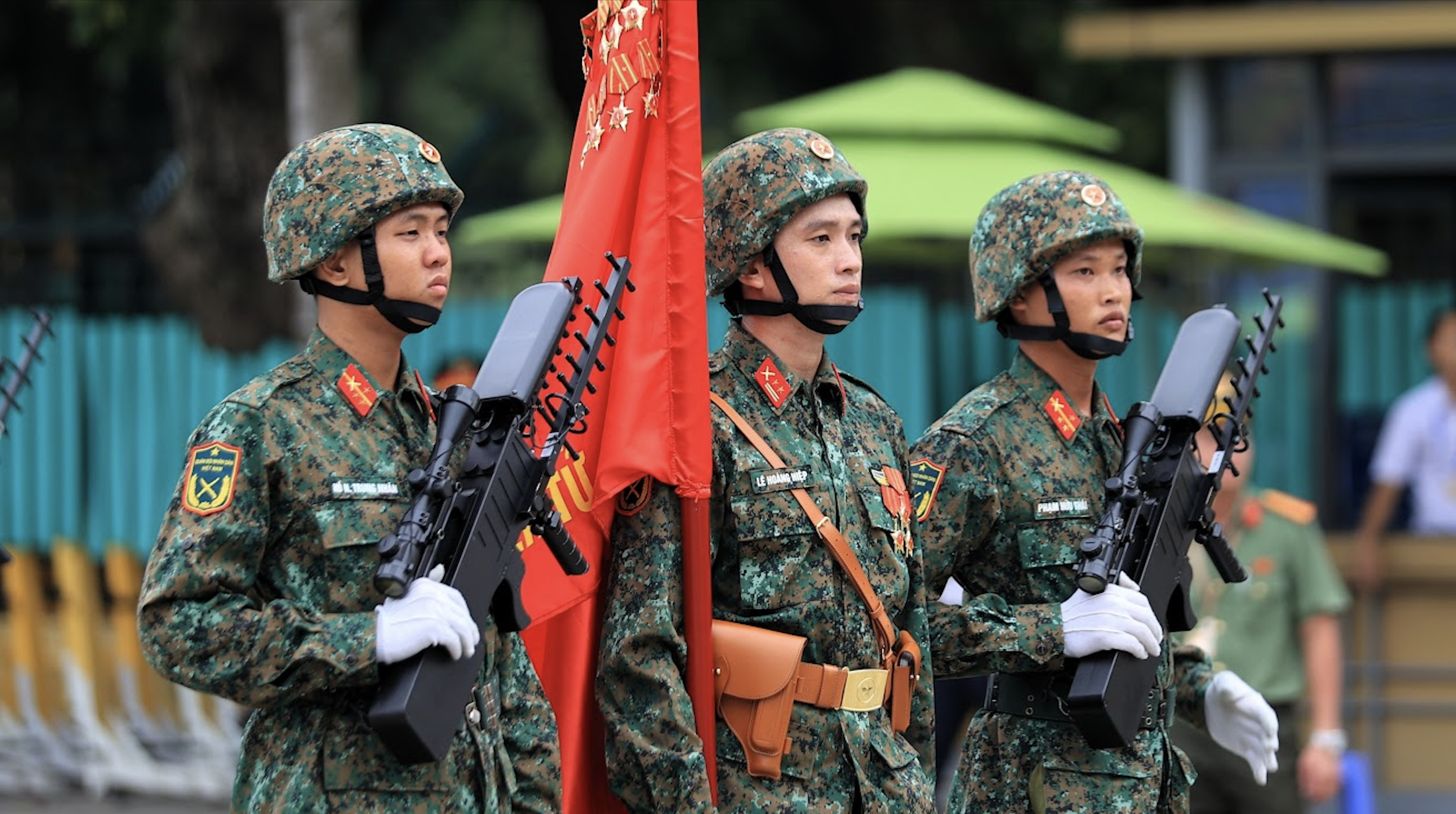




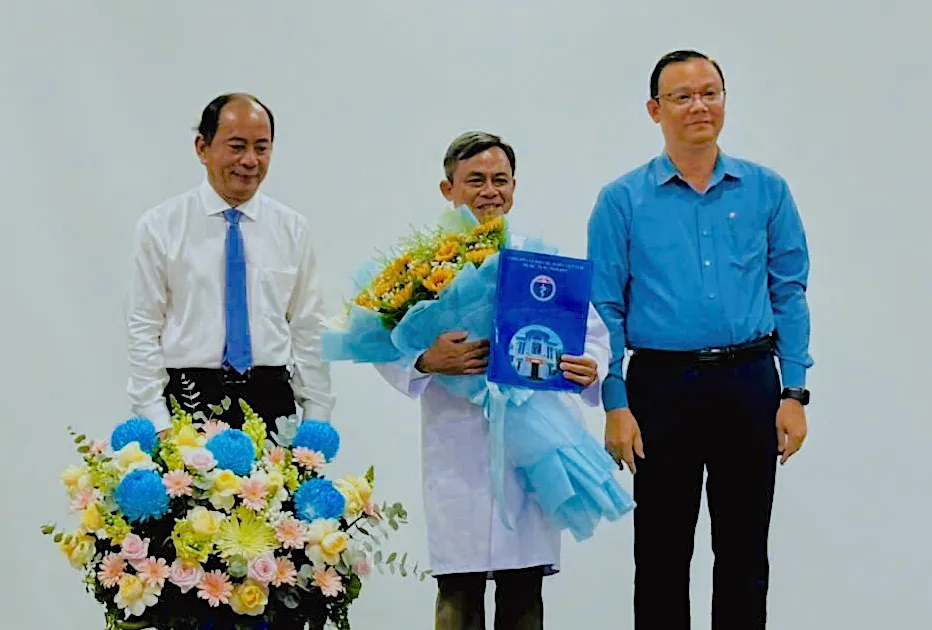



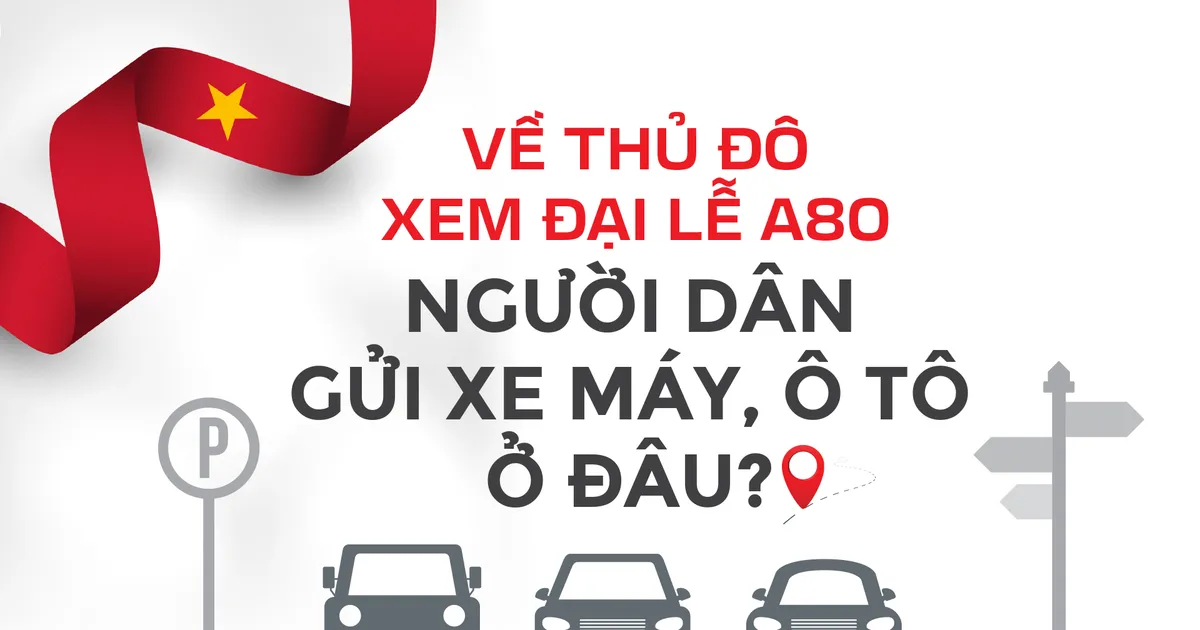


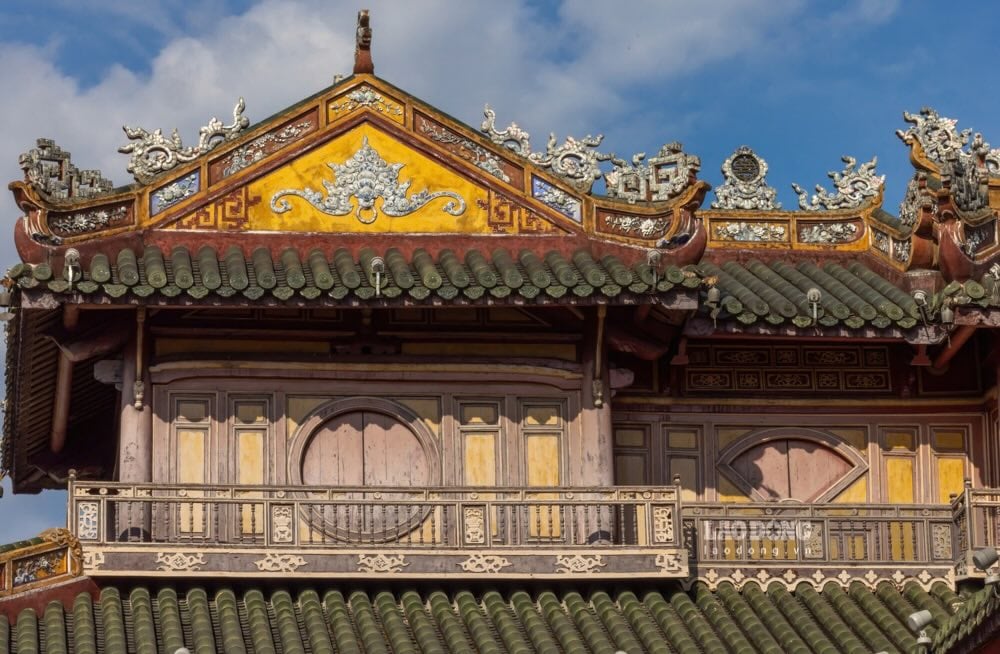

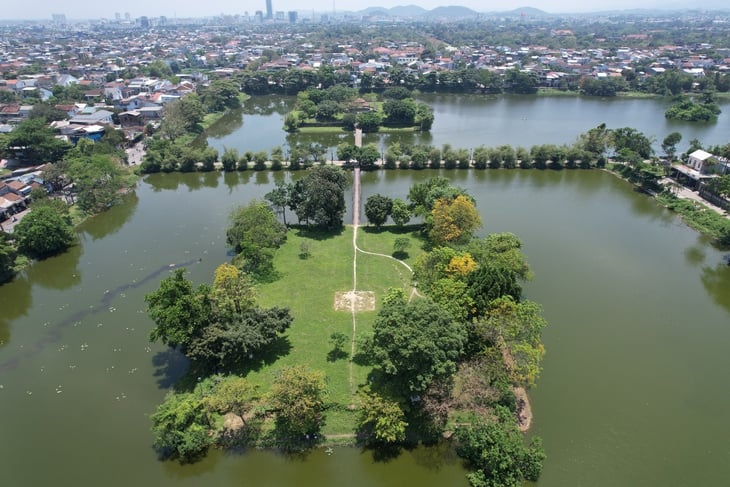

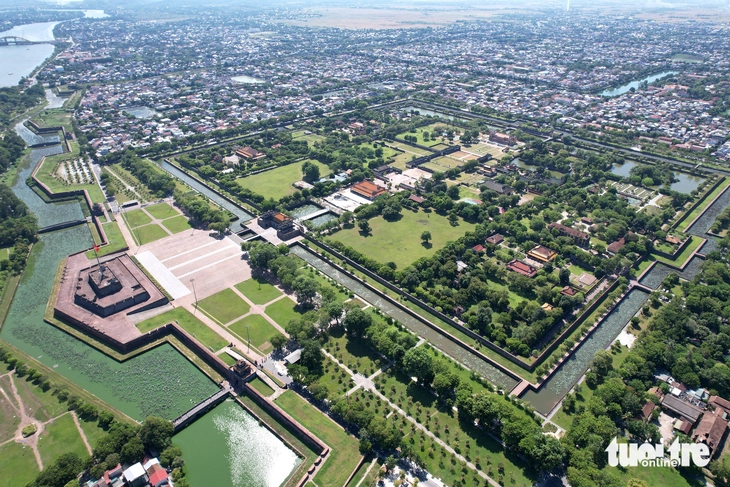
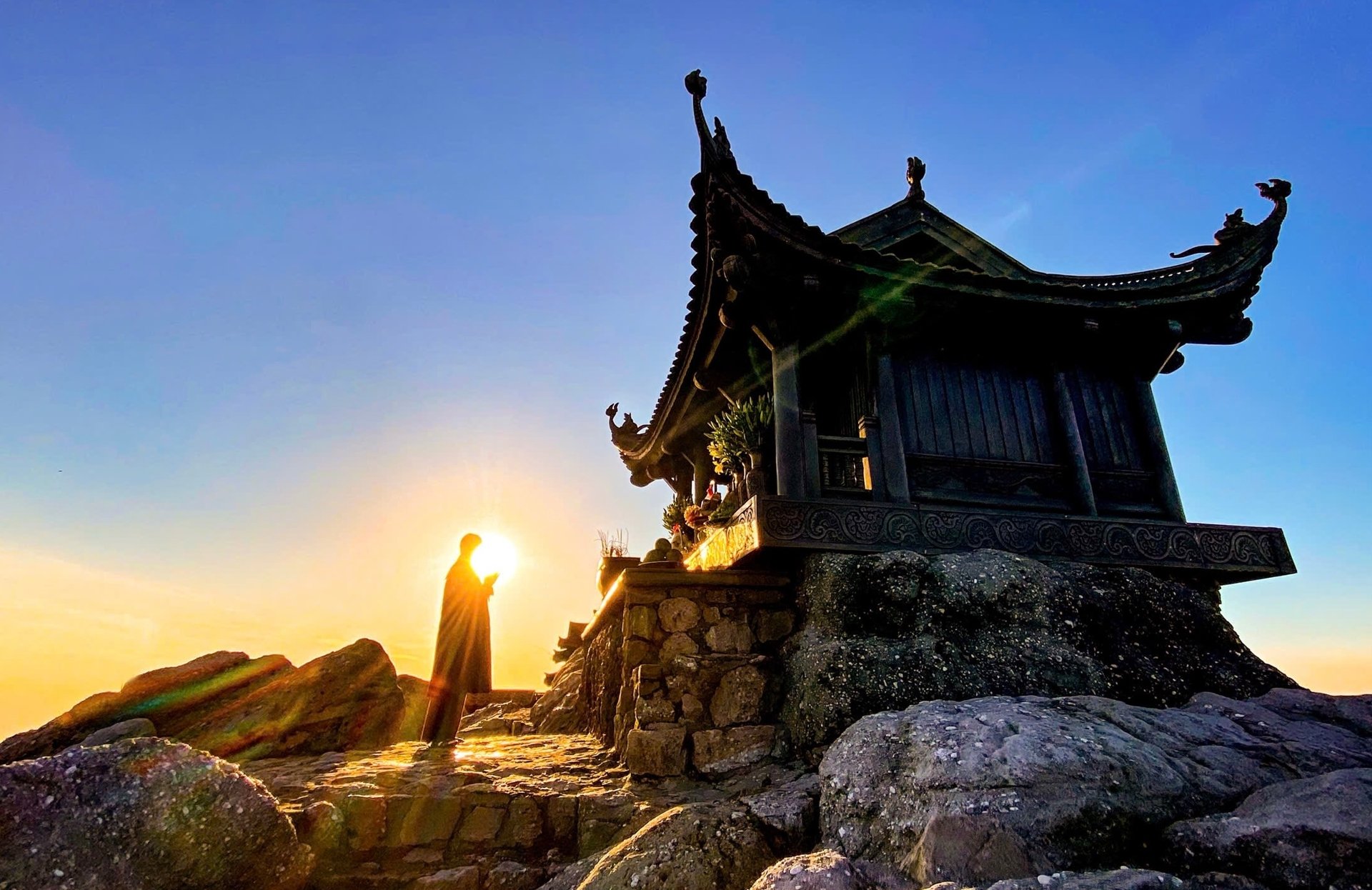

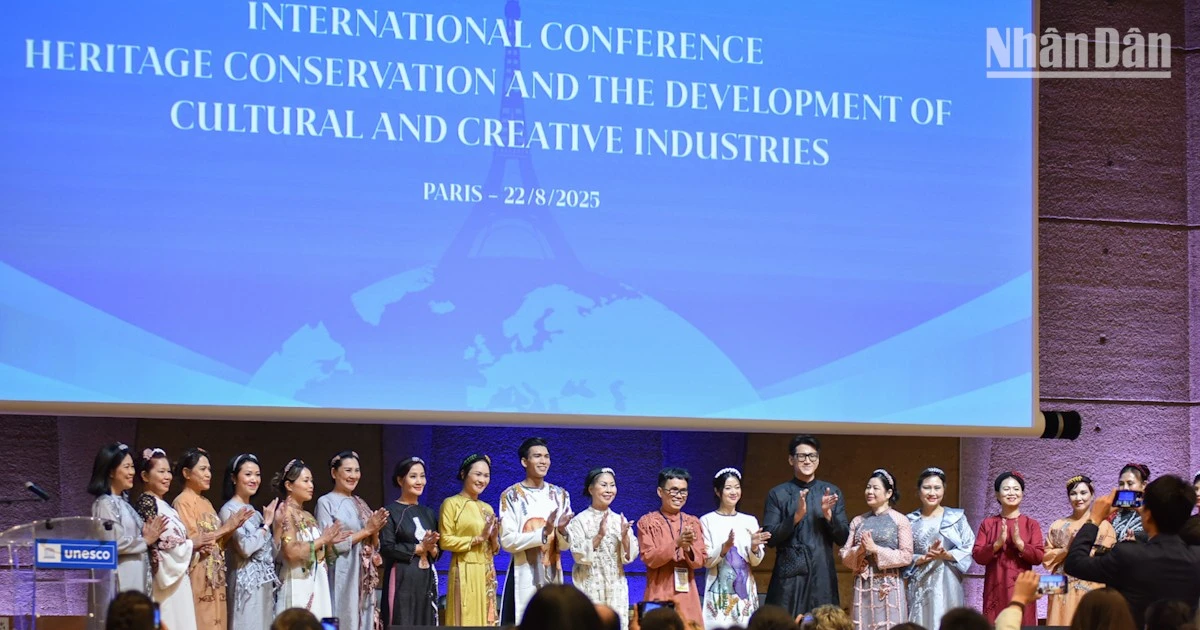
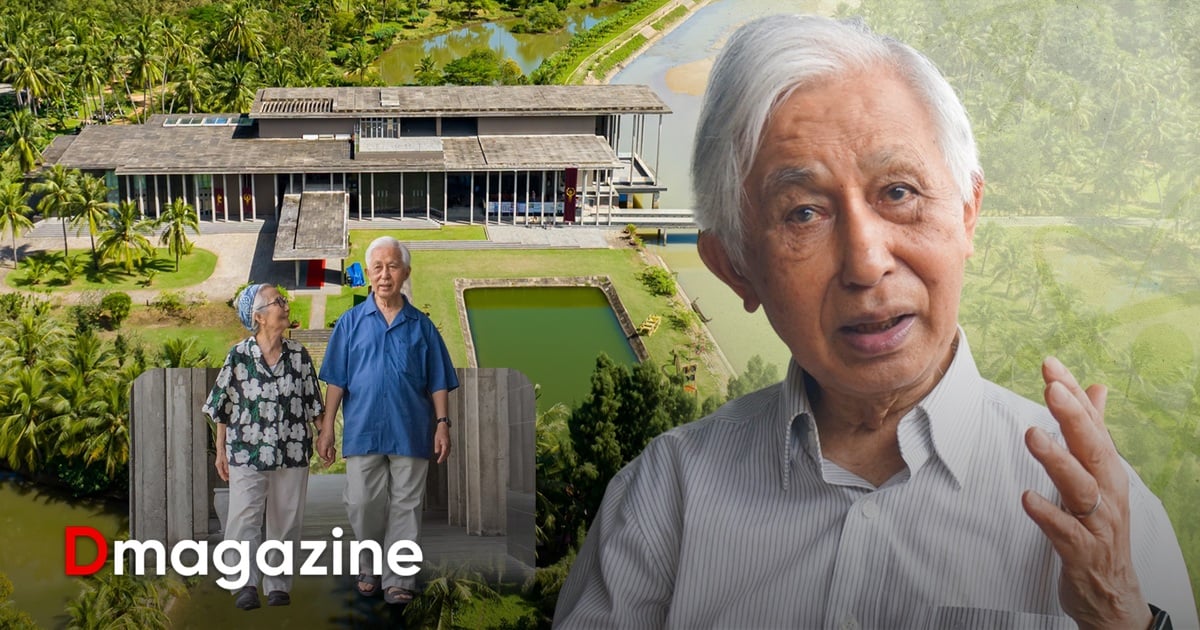



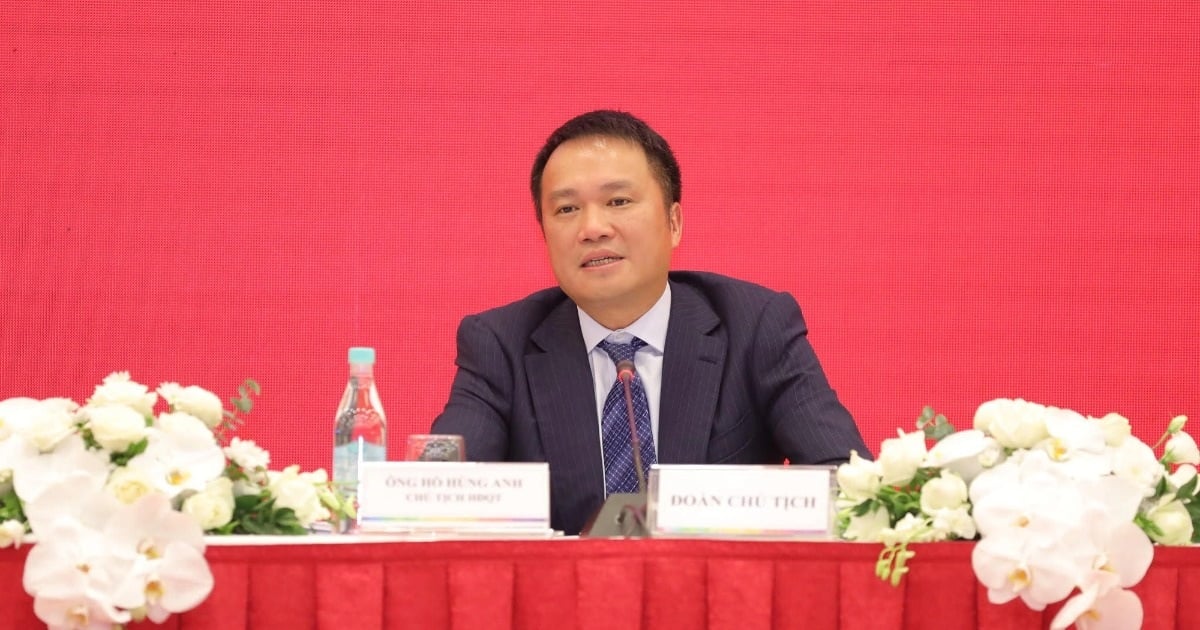
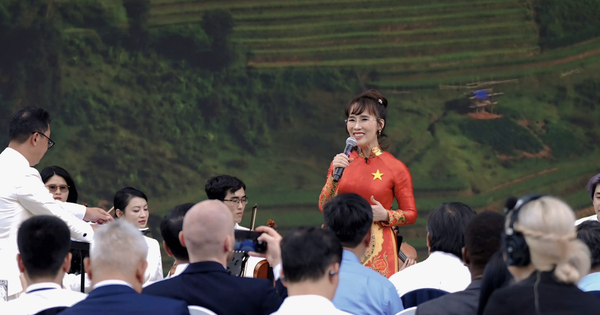

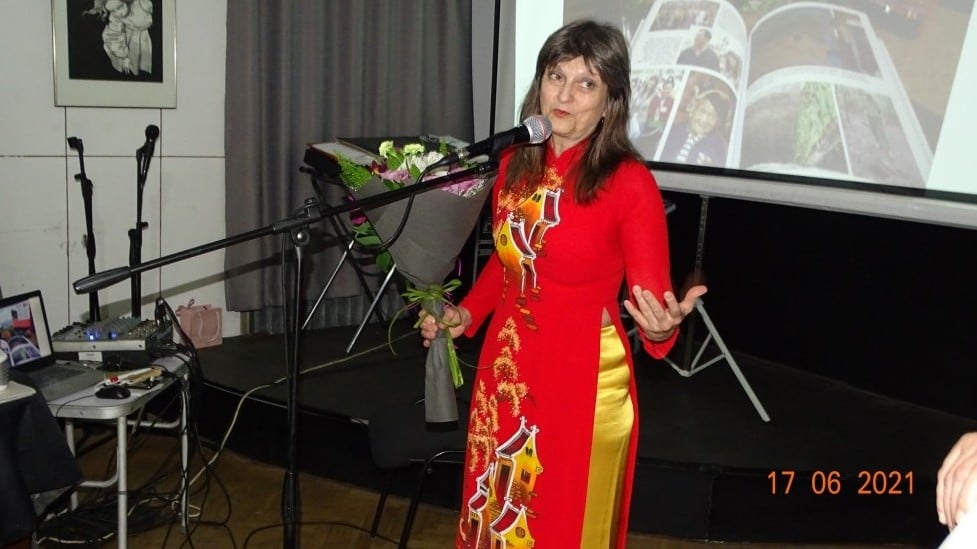






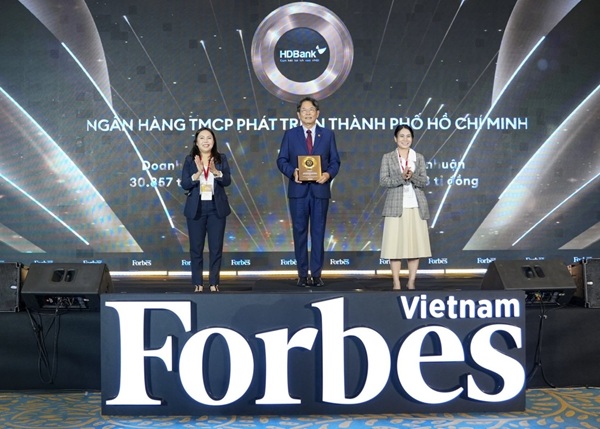


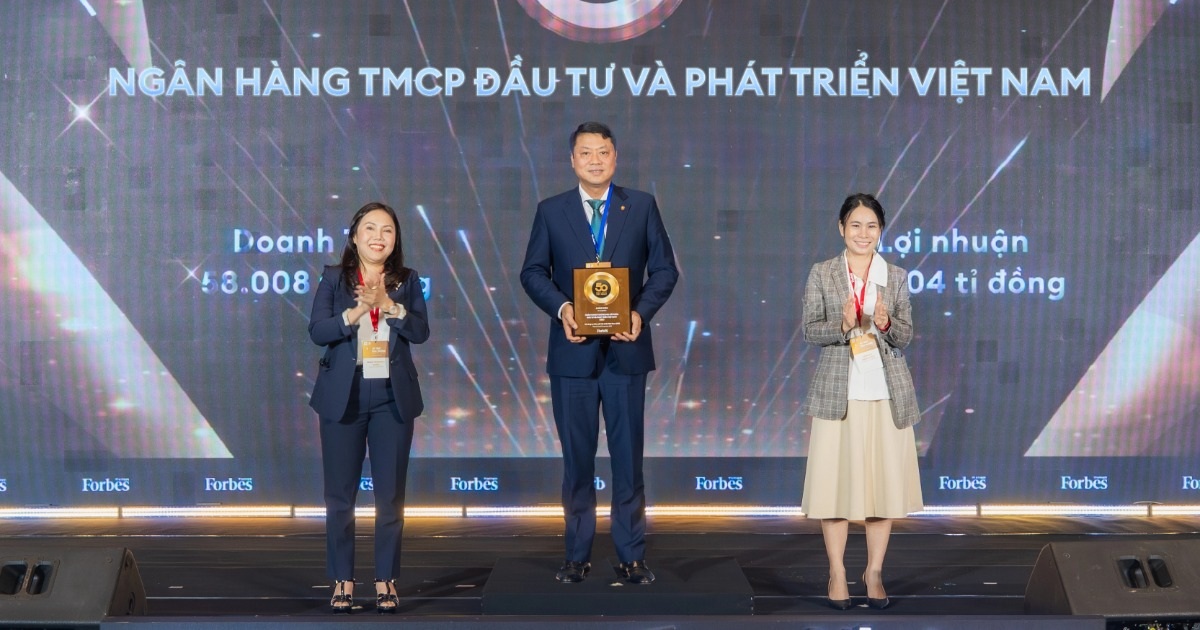



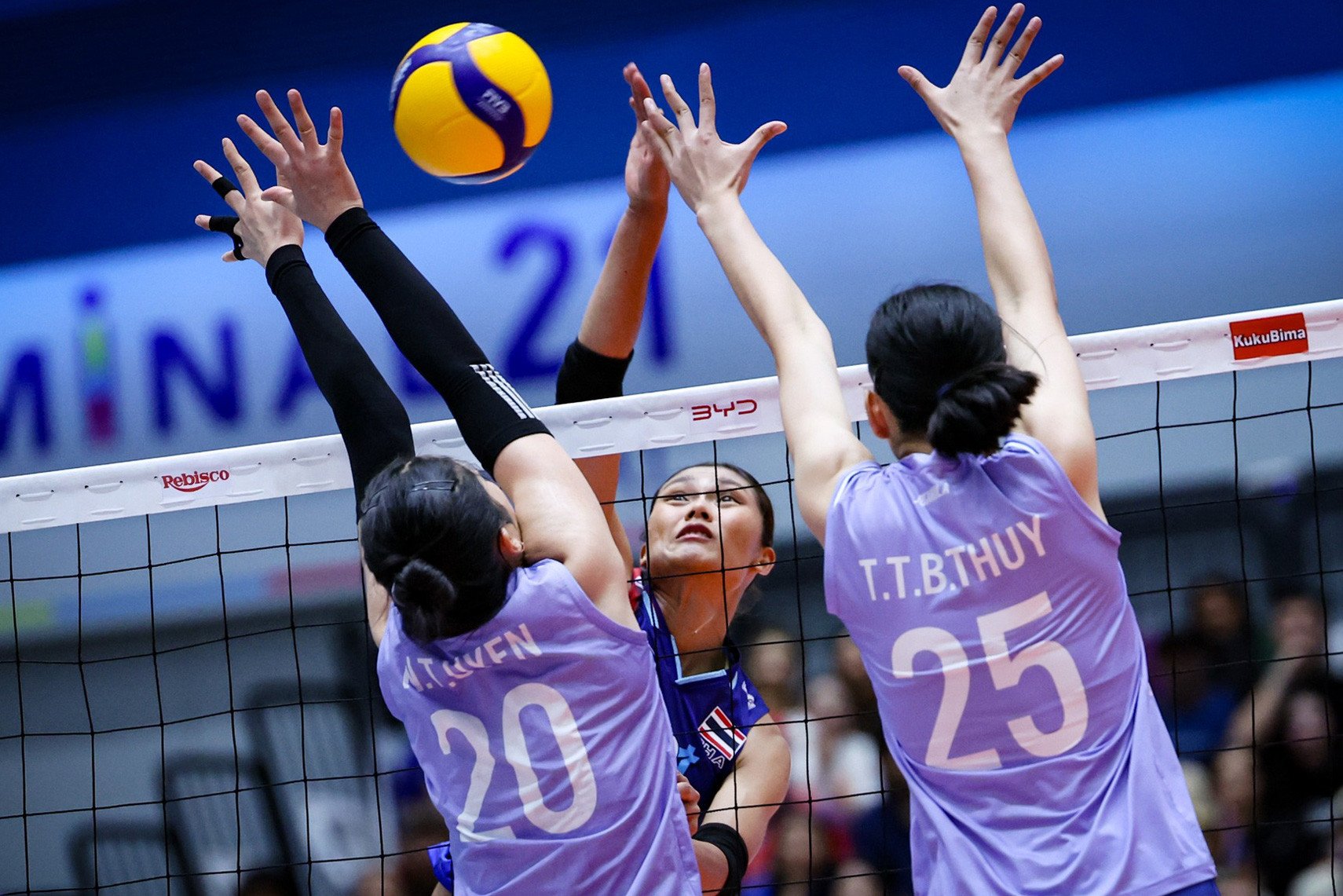


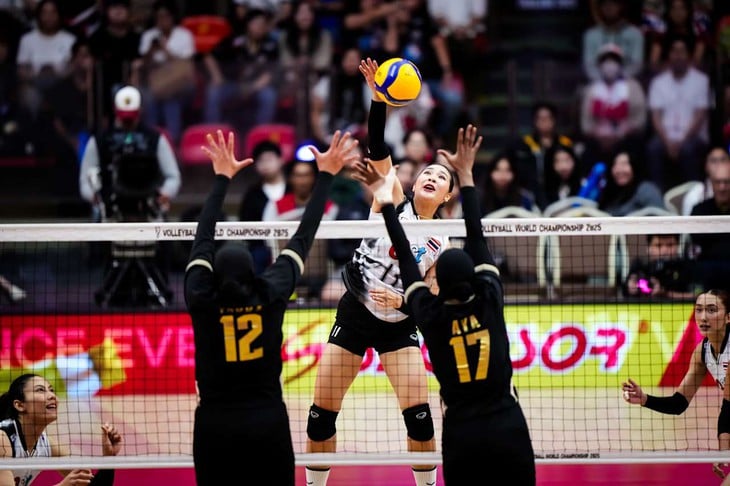



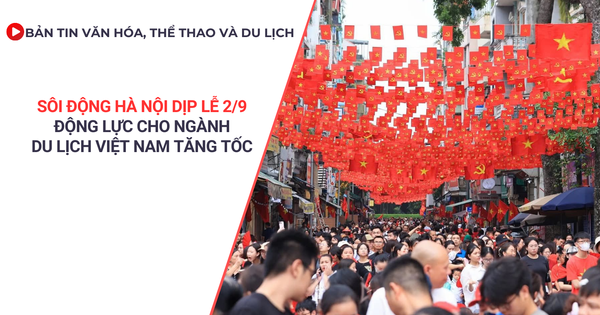

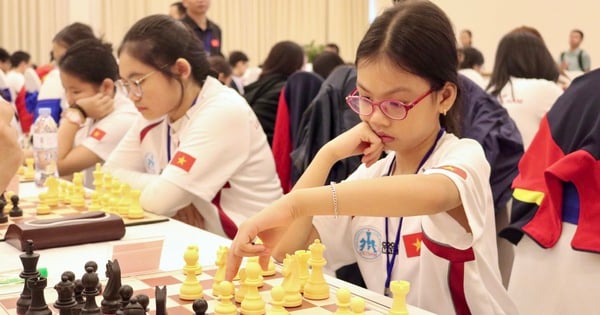
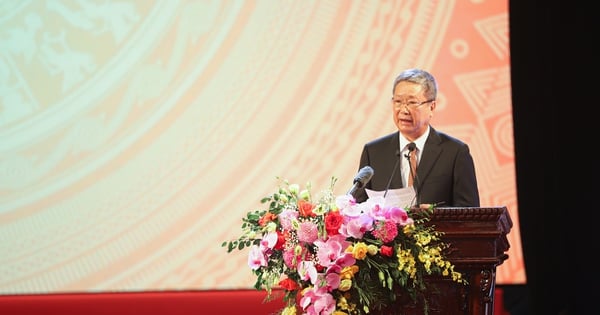


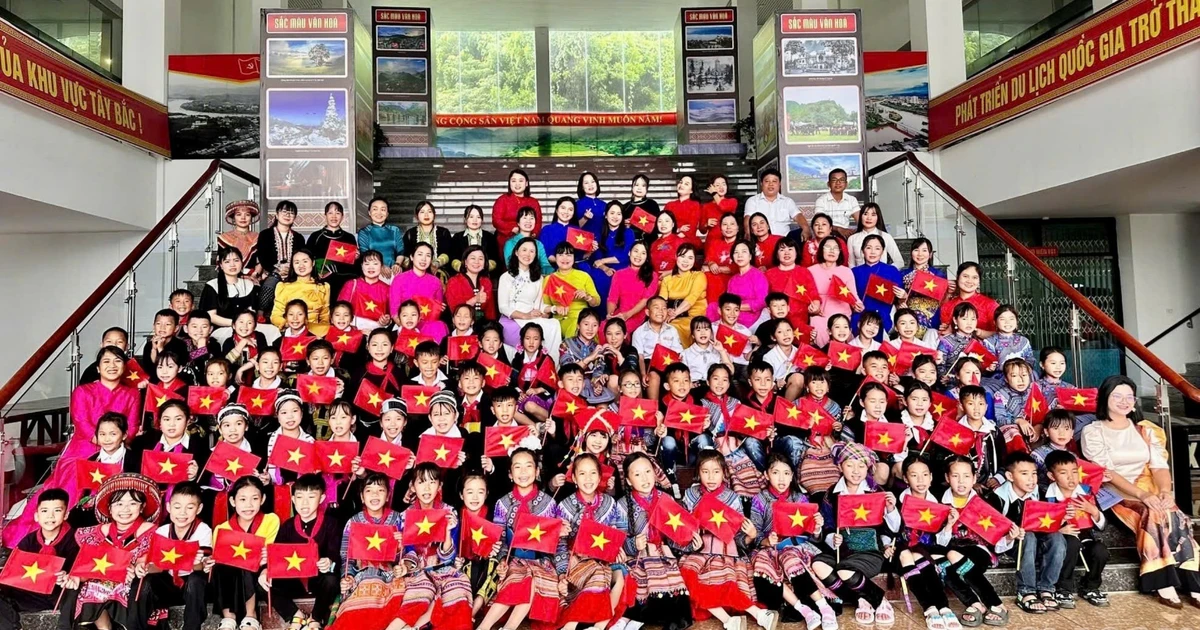


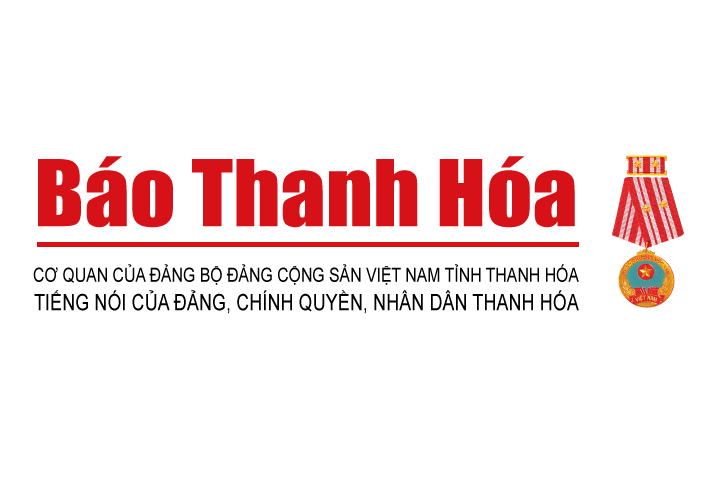



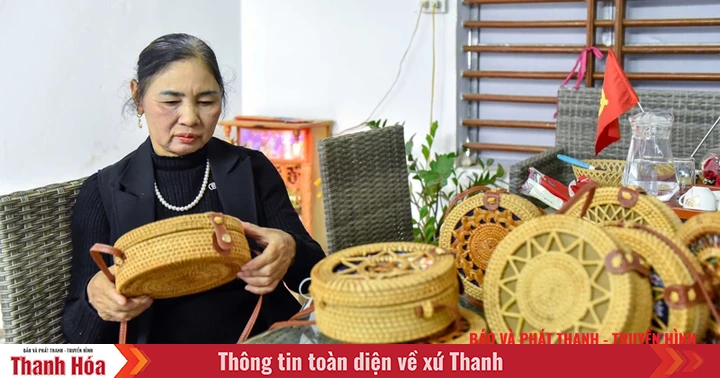



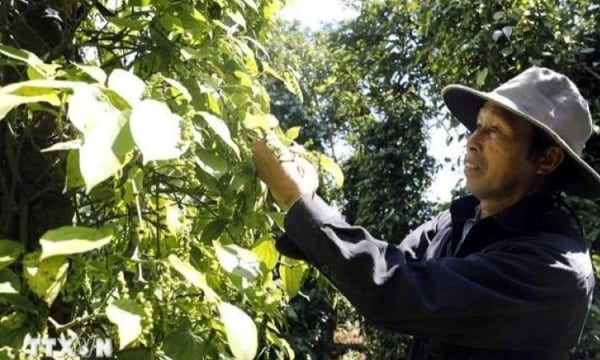


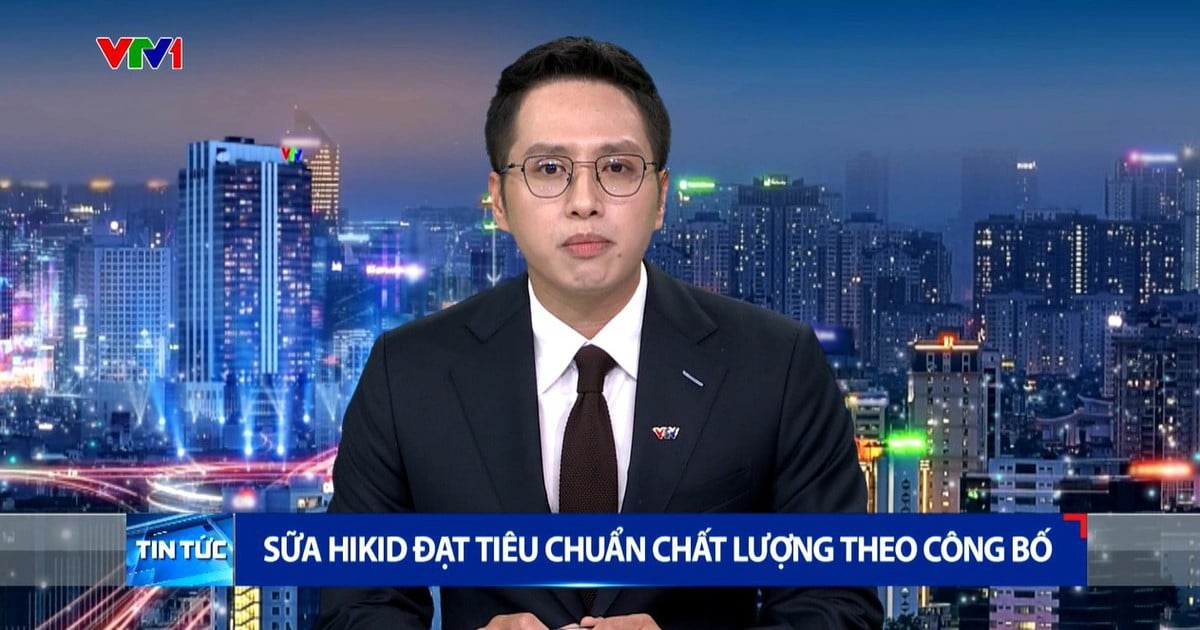
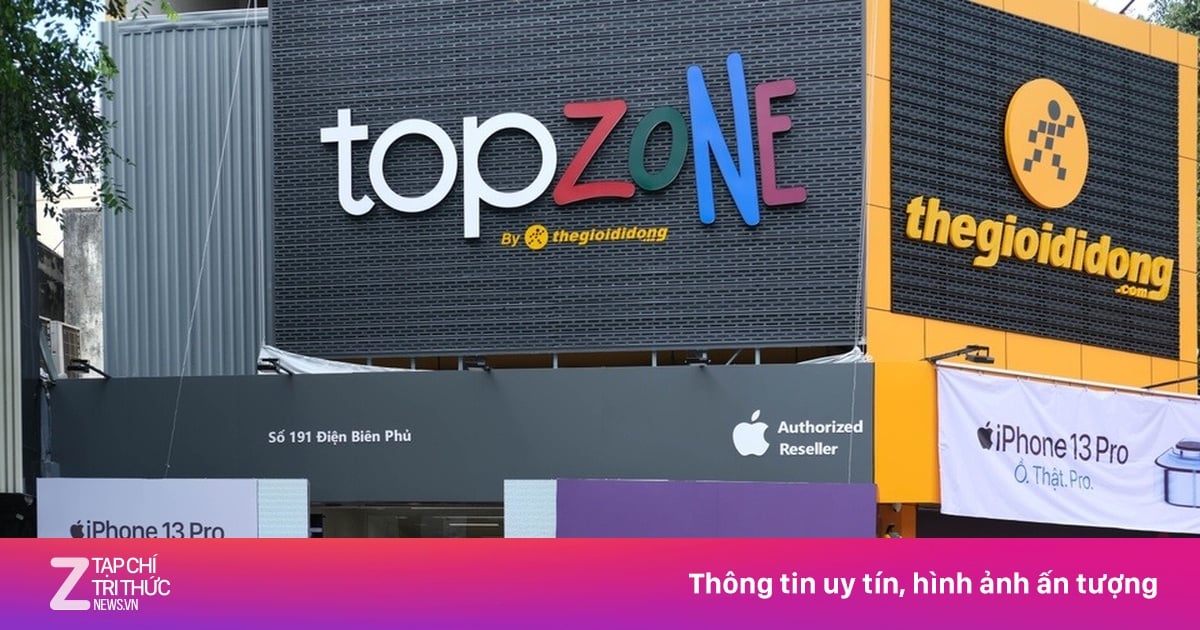






Comment (0)